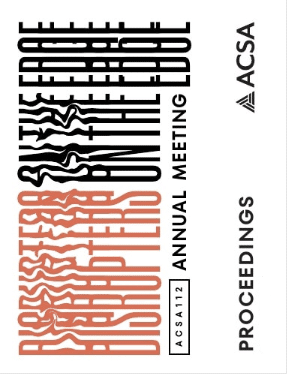Author(s): Christian Nakarado
In the coming decades, the Great Lakes region is projected to become one of the most desirable places to live in North America. While the devastating ecological effects of climate change will make arid, tropical, and coastal zones uninhabitable, the cities by the lakes are considered by some to be climate havens—areas which are expected to remain relatively comfortable. They are far enough north to maintain tolerable summer temperatures, are surrounded by the resources of abundant boreal forests, and will be insulated from the worst effects of drought by a five-lake reserve that contains 20% of the world’s surface fresh water. The arrival of climate migrants will carry significant pressure to accommodate more people, as well as a renewed possibility of land dispossession and displacement for the many indigenous communities that call the area home. If the Great Lakes can expect many millions of new arrivals in this century, what kind of urban development will this bring? Are there other ways to imagine the region’s future beyond the extractive infrastructure and carbon-intensive architecture that are typically thought to be prerequisites for urbanization? This paper proposes that the lighter methods of construction practiced by native people in the area for millennia are ideal alternatives. For centuries prior to colonization and industrialization, the lands around the lakes were already home to a thriving Anishinaabe culture, which continues to build in ways better suited to the environment than conventional modernism. By following the models of ephemeral dwelling and impermanent urbanism that characterized indigenous practices of land use here for thousands of years, a more ecologically responsible and ethical model for development in the region might be possible.
https://doi.org/10.35483/ACSA.AM.112.108
Volume Editors
Germane Barnes & Blair Satterfield
ISBN
978-1-944214-45-6

 Study Architecture
Study Architecture  ProPEL
ProPEL 
